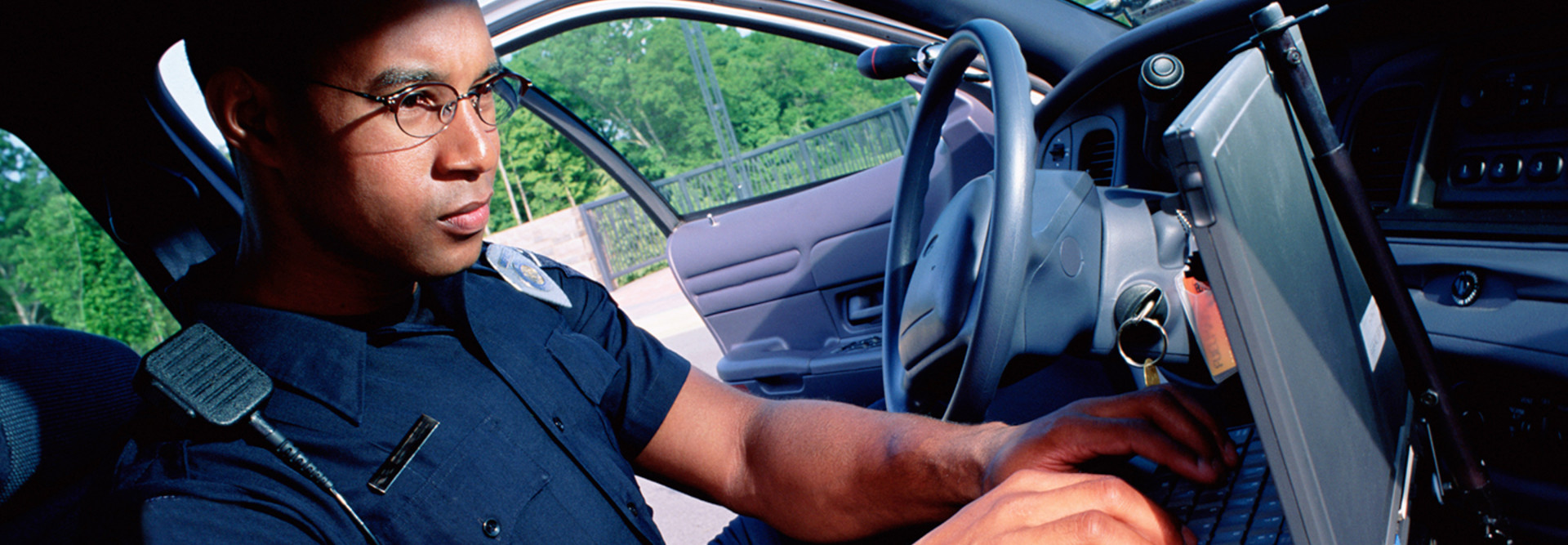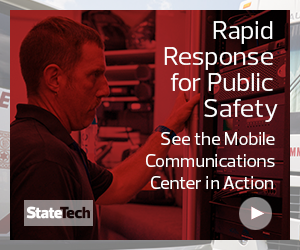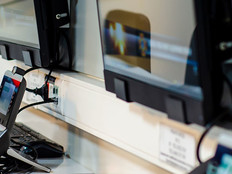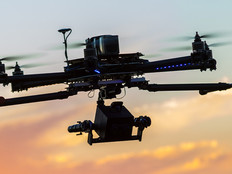A Variety of Smart City Use Cases for Public Safety
Many cities are implementing “smart” IoT tools in the race to become smart cities. Devices range from digital kiosks to sensors that alert mobile devices when a parking spot is available. Many police departments have joined the race by adopting integrated systems, which provide reliable information officers in patrol cars before a citizen even dials 911.
Many smart cities have adopted the use of streetlights that alert maintenance teams when a malfunction has occurred. This type of technology can be coupled with gunshot detection equipment, allowing lights to become a bit brighter upon detection. Or, during a chase on foot down a dark road, lights can be adjusted to become brighter to aid in the pursuit.
Adding these capabilities into video surveillance, license plate readers, and recorders — along with the ability to readily forward this information to first responders, police command and any other necessary departments — provides significant value for police forces, which are able to detect and, ultimately, deter criminal activity.
Advanced technologies are helping law enforcement agencies use the manpower they have in smarter ways. Officers have better opportunities to be at the right place at the right time, with the right knowledge at hand — and this is just the beginning of what technology can provide.
Police Departments Need Strong Network Connectivity
With so many police technologies and applications relying on internet connectivity, police departments have increasingly shifted toward 4G LTE networks for a wide range of data-driven communication services. The reliability and security of these mobile networks must be in place for their jobs to get done.
Officers need access to mission-critical applications and the internet from anywhere, given that data is flowing from onboard telemetry, sensors, surveillance cameras and other devices.
At the same time, most police departments rely on small IT teams. With vehicles spread all over a city, and with sensitive data at risk, the ability to remotely manage the network is a must. Departments are seeking the enterprise-class visibility, security and control of fixed branch networks with the durability necessary for in-vehicle use. Cloud, mobile computing, IoT and 4G/5G wireless technologies are converging to create new solutions that meet the needs of modern-day police forces.
As new law enforcement technology use cases constantly pop up and nationwide public safety networks progress, the need for secure, reliable connectivity that is easy for departments to deploy, manage and expand will surge. With scalable solutions in place, new technologies will allow crime fighters to enhance their ability to protect and serve their communities.








.jpg)



